It’s very hard to succeed at content marketing without creating a blog post on a regular basis. Each successful blog is built on a solid foundation of content, but coherence is the real key to a successful search engine rank.
I will show you how gradually I personally use my blog posts to create. Below are 10 tips to Write Better Blog Posts in your own way:
1. Write a good title
A good heading is important. A sneaky post can either lose or win lots of visitors based on how good the title is. This is especially important if you are interested in getting traffic from search engines, or if your readers – like reading other posts on your blog – will continue to your new text.
2. Divide the text into short paragraphs
If it is a long post that you are writing, make sure to divide the text into shorter paragraphs. This makes it much easier to read on the screen and will make the user stand longer on your site. Long pieces of text are extremely hard to read when sitting in front of a computer screen, and this means a bad user experience for your visitors, which will lead to them leaving your page.
3. Select important words
Selecting significant words or phrases in your text is another way to increase readability. In addition, it is good when it comes to search engine optimization. But, above all, it makes it easier to overlook. Do not overdo it because it will be difficult to read.
4. Use intermediate header
If it is a very long text (to be a blog post) then you should, in addition to paragraph division, focus on having subheadings. Make them clear and explain what the text under the heading is about.
5. Insert a picture
Photos make articles easier to read. If you write about a product, the text will be much better if you have an image of it in your blog post. But even in other cases, it’s good. Use illustrative images only to spell up reading. Humans are visual creatures, so by incorporating images, you can convey your point in a better way as well as grab your readers’ attention.
6. Link to other sites
In the past, many people were reluctant to link to other sites, especially to competitors in the same industry. It was thought that one would lose their visitors to the other site. If you think like that, you do not think that your own site is good enough. If this is the case, why not just stop? Why run a bad site? Link often, because your visitors would like to read more about the subject you are writing about. Also, it tells search engines that you don’t have the full information about a specific topic, but that you link to other pages so that your visitors can get an in-depth dive into the subject they’re reading about.
7. Link to previous posts
You probably have a lot of posts that are similar to what you are writing about. Perhaps you mention something you’ve written about earlier. Then, link to your previous post. By doing so, you make the reader continue reading and keep them glued to your site.
8. Reward yourself!
I like to reward myself when I’ve written something good. Also, in writing, set goals for what you want to achieve with the blog post
Do you want to create engagement? Show your company’s knowledge within a known area or establish a position within a future segment? Or is the purpose to drive traffic and generate leads? Also consider how your posts can be linked to other, previous blog posts and links. This way you can draw attention again to older posts on the food blog.
9. Decide who you are writing for
Before you start writing, begin by asking who you are writing for, and who you want to read what you write. Then, create your post so they meet their need for inspiration, knowledge or concrete facts. Here you must do the homework with customer insights first. What are the company’s personas? What challenges do you want to address with your blog post? The better you know your target audience, the more relevant posts you’ll be able to write.
10. Think editorially and do research
How to write is as important as for who you write. The better you get at catching interest, inspiring and impacting through your texts, the more people will read what you have to say and teach. Just as in an editorial text, the person who reads any kind of “news value” searches for it. In blog posts, B2B is usually about finding new knowledge and new ideas or getting confirmation of own experiences or hypotheses. With an editorial layout, you can weigh the facts and season with your company’s unique knowledge and your own reflections that increase the audience’s interest.

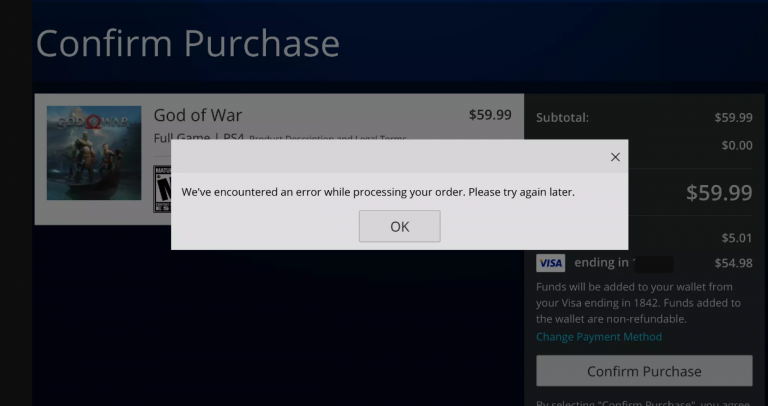
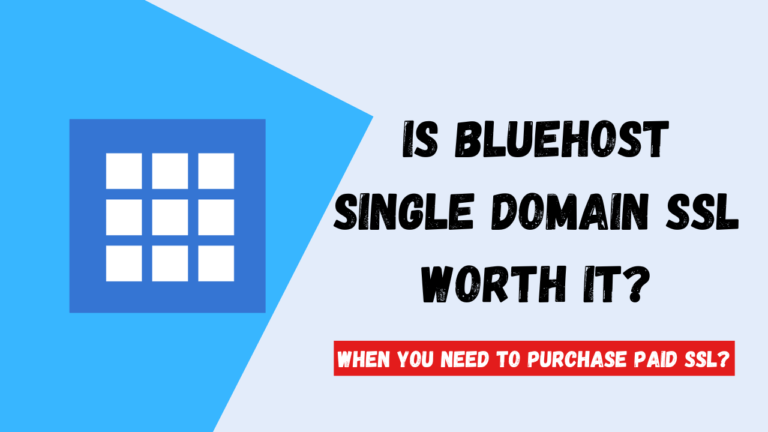
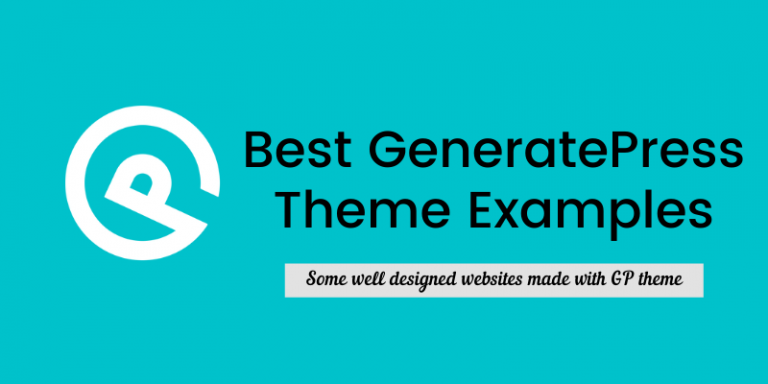
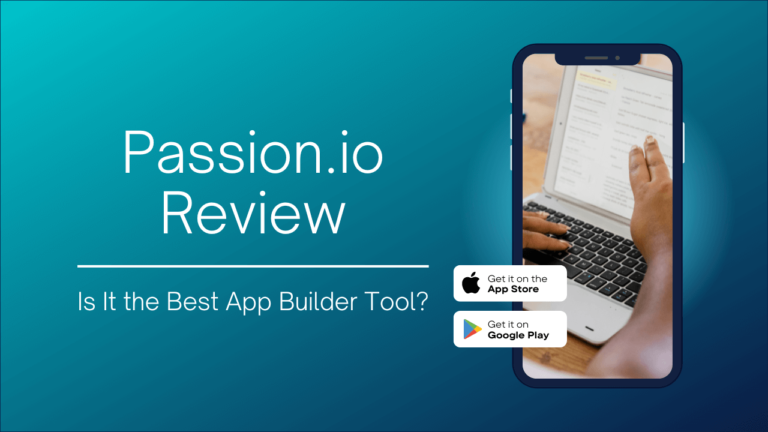

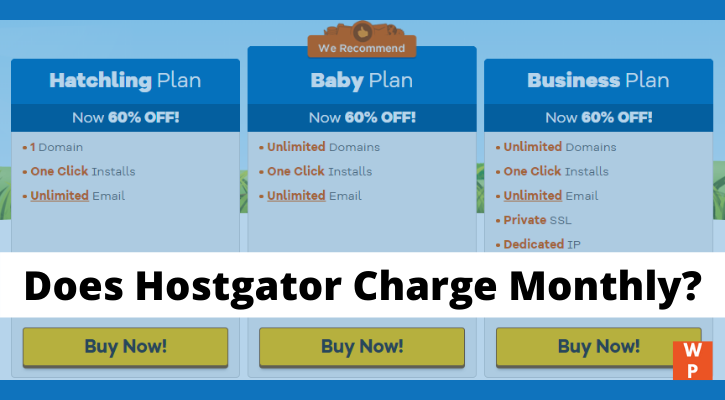
2 Comments